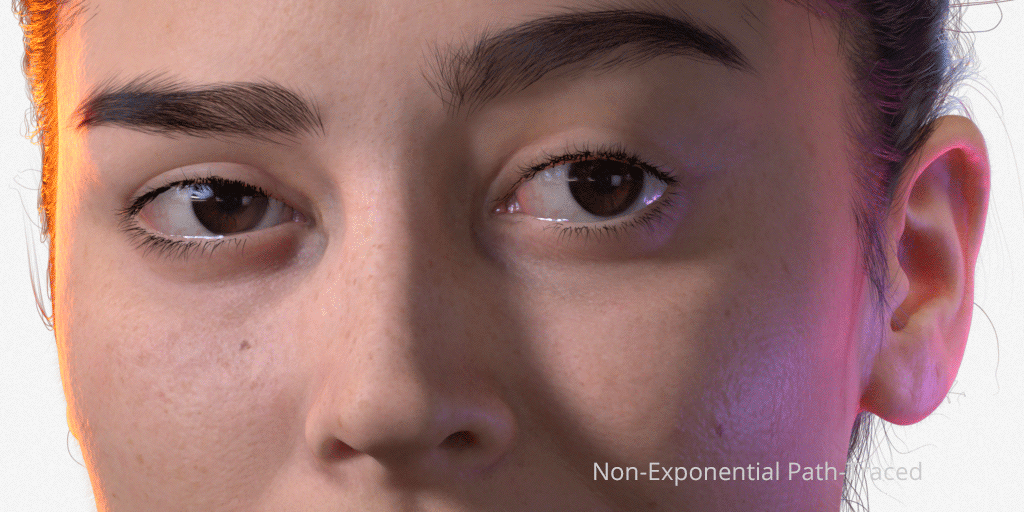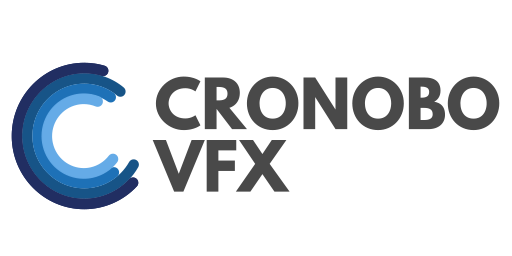

In order to get your SCORM package or SCO into the Desire2Learn LMS you must be an instructor and have a course created. Importing SCORM into the Desire2Learn LMS at 11:16 am | Posted in Desire2Learn, SCORM | Leave a comment My initial result is not quite the effect I want and I believe it is because I haven’t gotten my lighting setup quite right yet and that is impacting the subsurface scattering. The SSS diffusion point cloud was converted to a brick map.įinally, the brick map was utilized in my grape shader. Using ptfilter, a new SSS diffusion point cloud was created from the initial point cloud. Next, a specular contribution is added based on the plastic model.īased off of my previous process, I baked a point cloud based off of the area and radiance values. My next goal will be to add a random distribution to add variation between the color of grapes in a bunch. The first layer of the shader is a diffuse color generated by using noise and a spline function to distribute a range of purple shades. The brick map is then used in my SSS shader when doing the final shading calculations.įor the first food shader, I decided to begin with creating a grape shader. Similar to a point cloud, a brick map stores data for later calculations, but it can have multiple resolutions, resulting in a smaller file size. To reduce the memory load, the point cloud is converted to a brick map.

However, point cloud files are quite large and inefficient. Ptfilter has several material presets for SSS including skin, apple, chicken, marble, potato, and ketchup. For my subsurface scattering calculations, I stored an area value and radiance.īy using the utility ptfilter, I created a second point cloud from the first that calculated and stored the subsurface scattering diffusion data. I began testing the process using the model provided with the Renderman Shading Language Guide.Ī point cloud is a large group of points that can store any type of information from the scene for later calculations. This brickmap is the input for my SSS shader. For efficiency, the point cloud is then converted to a brickmap. From that point cloud, I created a diffuse point cloud. In order to calculate subsurface scattering effects, the 3D data of the model is first baked to a point cloud in a. I based my implementation off of The Renderman Shading Language Guide. My initial shading concern was learning how the Renderman Shading Language handled implementing subsurface scattering effects. I still have to apply this technique to the vegetables on the plate. As discussed in the pixar paper, soft body dynamics were used to aid in the way the meat fell on the plate. Additional detail will be added using displacement maps. It was created in Maya using NURBS and then will be exported to a RIB file where I will add my shaders. The documentation for RenderMan covers many of these features and workflows in the form of tutorials and explanations and is ever expanding.Food Rendering: Mid-quarter Update at 12:18 am | Posted in Uncategorized | Leave a commentīelow is my initial food model.

RenderMan's suite of plugins allows an artist to focus on creation rather than technical details. Plugins are provided for popular content creation applications for an artist-friendly and efficient workflow. Scenes need not be created by hand using an editor although they can be readable by humans. The scene description may also specify the destination for the output image (e.g., a file or a frame buffer), as well as miscellaneous parameters that control the operation of the rendering system: how much effort to devote to avoiding aliasing, for instance. a specification of the virtual camera through which the resultant picture is to be rendered.specifications of light sources (type, position, and orientation), and.references to functions that describe how the geometry should be shaded creating things like glass, wood, and skin,.a description of the geometry present in the scene like teapots, aliens, and spheres,.Scene descriptions are created through the RenderMan Interface and are typically comprised of:

PhotoRealistic RenderMan (PRMan) is a rendering system that generates high-quality 2D images from 3D scene-description information, typically generated by a plugin to a content creation application such as Autodesk Maya. With the new state-of-the-art ray tracing framework optimized for physically-based rendering, RenderMan can deliver unmatched flexibility for any production pipeline. For over 30 years RenderMan has been at the forefront of the visual effects revolution, and today RenderMan is a high performance renderer built to tackle the most complicated 3D scenes imaginable.


 0 kommentar(er)
0 kommentar(er)
